Top Places to Go Bird Watching in California: 8 Prime Locations for Avian Enthusiasts
California offers some of the most diverse bird watching opportunities in the United States, with over 650 species recorded throughout the state. From coastal havens to desert oases, the Golden State's varied ecosystems create perfect habitats for both resident and migratory birds. The best bird watching spots in California include Point Reyes National Seashore, Elkhorn Slough, Big Morongo Canyon, and the Arcata Marsh, where enthusiasts can observe more than 250 avian species throughout the year.
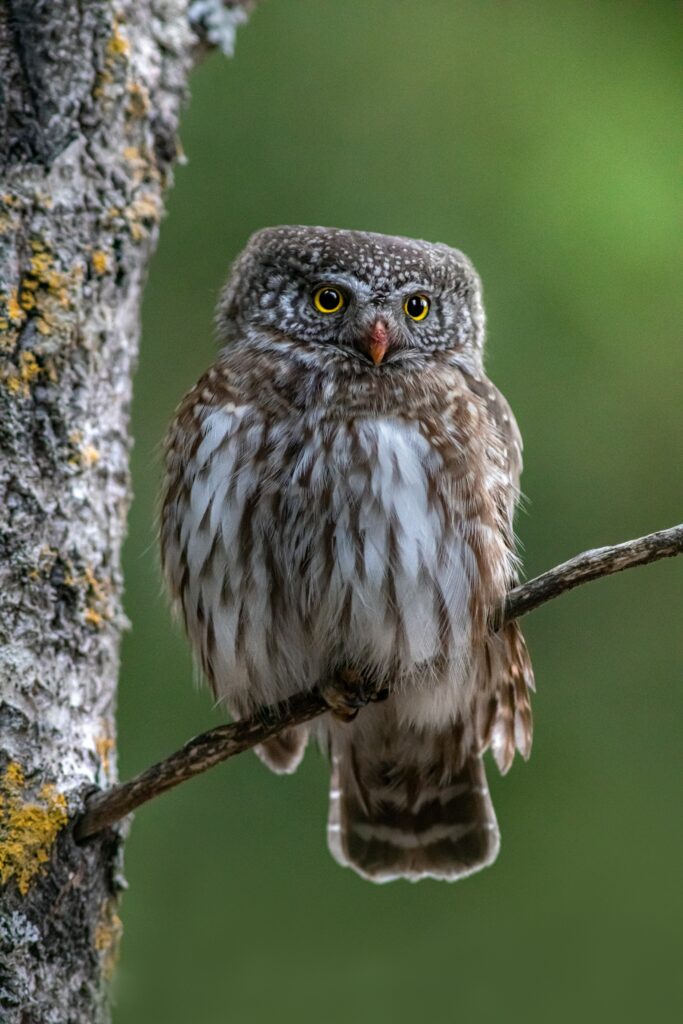
Bird watchers visiting California's northern coast should not miss the Arcata Marsh and Wildlife Sanctuary, a true birding delight situated between Highway 101 and Arcata Bay. Moving south, areas like Morro Bay offer spectacular viewing opportunities, while inland locations such as Pinnacles National Park provide chances to spot the magnificent California condor. The state's diverse topography ensures that each season brings new bird watching experiences, from winter shorebird migrations to spring breeding seasons.
Top Places to Go Bird Watching in California: 8 Prime Locations for Avian Enthusiasts
Bird Watching in Northern California
Northern California offers diverse habitats that attract a remarkable variety of bird species throughout the year. From coastal areas to mountain ranges, bird watchers can explore distinctive ecosystems with unique avian populations.
Hotspots in the Sierra Nevada
The Sierra Nevada mountain range provides exceptional bird watching opportunities with its varied elevations and ecosystems. Nevada County offers several prime locations including South Yuba River State Park, where riparian habitat attracts songbirds and raptors.
Western Gateway Park in Penn Valley is another excellent spot for birding outings. The park's mixed environments support diverse species that change with the seasons.
The Spenceville Wildlife & Recreation Area features open grasslands and oak woodlands that host both resident and migratory birds. Spring visits often reward observers with colorful warblers and flycatchers.
Birders should bring binoculars, field guides, and plenty of water when exploring Sierra Nevada locations. Early morning visits typically yield the most active bird sightings when species are feeding and establishing territories.
Exploring the Bay Area's South Bay Sites
The South Bay region hosts several productive birding areas where salt marshes meet freshwater habitats. These transition zones create ideal conditions for observing both resident and migratory water birds.
Point Reyes National Seashore stands out as one of California's premier birding destinations. This coastal peninsula has recorded over 490 bird species – nearly half of all birds documented in North America. Spring and fall migrations bring spectacular variety to this internationally recognized birding site.
Elkhorn Slough near Moss Landing offers excellent viewing of shorebirds, waterfowl, and marsh species. The protected estuary environment supports abundant bird life year-round.
Birders visiting these South Bay locations should consult tide tables as water levels significantly impact bird presence and activity patterns. Many sites offer guided bird walks led by experienced naturalists.
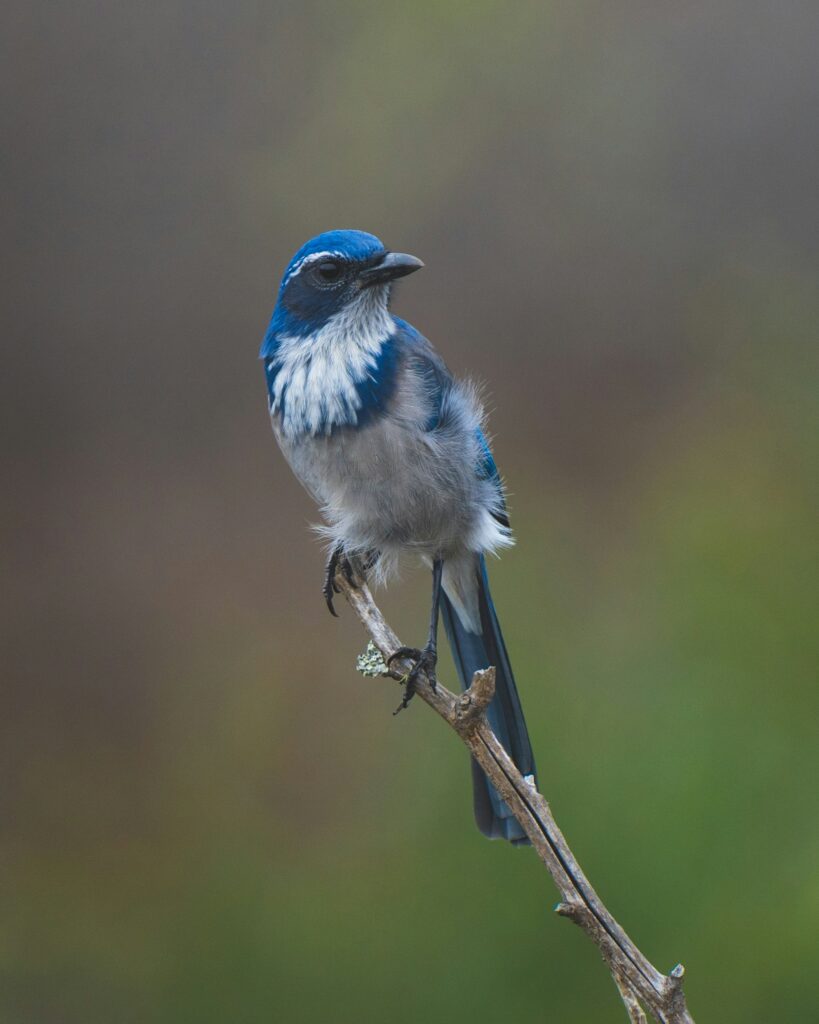
The Varieties of Birds in California
California boasts an impressive diversity of bird species thanks to its varied ecosystems ranging from coastal wetlands to alpine forests. The state is home to over 600 recorded bird species, making it one of North America's premier bird watching destinations.
Coastal and Shorebirds Overview
California's 840-mile coastline provides essential habitat for numerous shorebirds and waterfowl. Along beaches and estuaries, birdwatchers can spot sandpipers, plovers, and godwits probing the sand for small invertebrates.
Elkhorn Slough near Moss Landing stands out as one of California's premier coastal birding locations, featuring meandering channels and wetlands filled with diverse shorebirds. This location is recognized among the top 100 birding sites nationally.
Waterfowl thrive in California's coastal areas, with species like surf scoters and buffleheads appearing in winter months. The American White Pelican creates a spectacular sight at places like Morro Bay, where these massive birds with nine-foot wingspans gather in impressive numbers.
Inland and Forest Birds
California's diverse inland habitats support an extraordinary range of bird species adapted to specific environments. The Sierra Nevada range hosts numerous woodpeckers, including the striking Pileated Woodpecker and the rare Black-backed Woodpecker that thrives in recently burned forest areas.
Oak woodlands provide ideal habitat for the Wild Turkey, which has flourished throughout much of California following reintroduction efforts. These impressive birds can often be spotted in small groups foraging through woodland undergrowth.
Riparian corridors along rivers attract Yellow Warblers, Western Tanagers, and various flycatchers. Desert regions in Southern California host unique species like the Roadrunner and Cactus Wren, perfectly adapted to arid conditions.
Rare and Migratory Bird Species
California lies along the Pacific Flyway, one of North America's major migratory bird routes, making it an exceptional location for spotting seasonal visitors. Winter months bring tremendous numbers of Snow Geese and Sandhill Cranes to preserves in the Central Valley.
Point Reyes is recognized as a must-visit location for serious birders, with a species list exceeding 400. This coastal peninsula serves as a crucial stopover for exhausted migrants, particularly during spring and fall migrations.
Rare species occasionally make headlines among California birders. The Yellow-billed Magpie deserves special attention as it exists nowhere else in the world outside of California's Central Valley. Other notable rarities include the Island Scrub-Jay found only on Santa Cruz Island and the California Condor, which continues its recovery from near extinction.
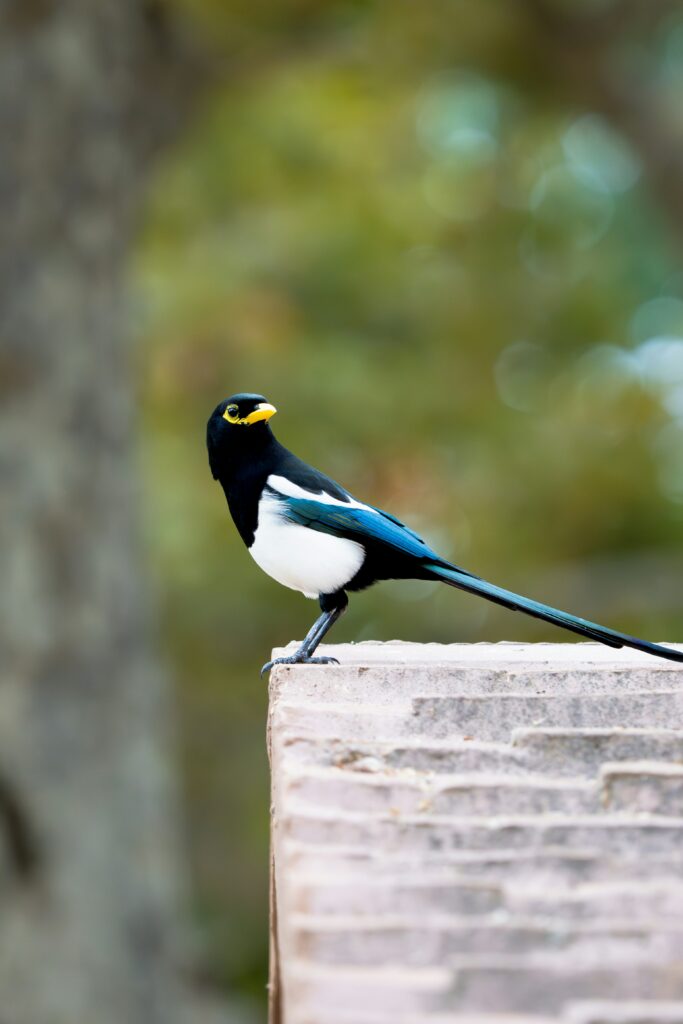
Top Bird Watching Locations for Specific Species
California's diverse ecosystems provide ideal habitats for many specialized bird species. Knowing where to find particular birds can enhance your birding experience and increase your chances of successful sightings.
Following the Flight of the Osprey
Osprey, magnificent fish-eating raptors, can be regularly spotted at several prime locations throughout California. Point Reyes National Seashore offers excellent opportunities to observe these birds diving for fish along the coastline, particularly during spring and fall migrations.
The artificial nesting platforms at Mono Lake provide reliable viewing spots where you can watch Osprey pairs returning to the same nests year after year. These large raptors are easily identifiable by their distinctive white underparts and dark eye stripe.
For inland Osprey watching, try these locations:
- Clear Lake State Park
- Lake Casitas
- Whiskeytown Lake
- San Luis Reservoir
Bring binoculars with at least 8x magnification to observe their impressive hunting techniques. Early morning hours typically offer the best viewing opportunities when Osprey are most actively fishing.
On the Trail of the Belted Kingfisher
The striking Belted Kingfisher, with its distinctive rattling call and top-heavy appearance, frequents waterways throughout California. Elkhorn Slough State Marine Reserve provides exceptional opportunities to observe these birds perched on branches overhanging water, ready to dive for small fish.
Look for these blue-gray birds along slow-moving rivers, lakes, and estuaries. Males have a single blue band across their white chest, while females display both blue and rusty-colored bands, making them easily identifiable.
Prime kingfisher viewing spots include:
- Sacramento National Wildlife Refuge
- Arcata Marsh and Wildlife Sanctuary
- Morro Bay State Park
- The Russian River
Visit during low tide at coastal locations when hunting conditions are optimal. Kingfishers are territorial, so listening for their distinctive call can help locate them even before visual confirmation.
Seeking the California Towhee
The California Towhee, a year-round resident of the state, can be found in chaparral, coastal scrub, and suburban gardens. This medium-sized, plain brown bird with rusty undertail coverts is more often heard than seen due to its habit of foraging in dense undergrowth.
Marin County offers excellent opportunities to spot these secretive birds, particularly in early morning when they're most active. Listen for their distinctive “chip” calls that help locate them among thick vegetation.
Best locations for California Towhee spotting include:
- Tilden Regional Park (Berkeley Hills)
- Rancho Santa Ana Botanic Garden
- Point Lobos State Natural Reserve
- San Joaquin Wildlife Sanctuary
Look for them scratching in leaf litter under bushes and trees. They respond well to “pishing” sounds, often emerging briefly from cover to investigate. Spring is ideal for observation as males become more visible while establishing territories.
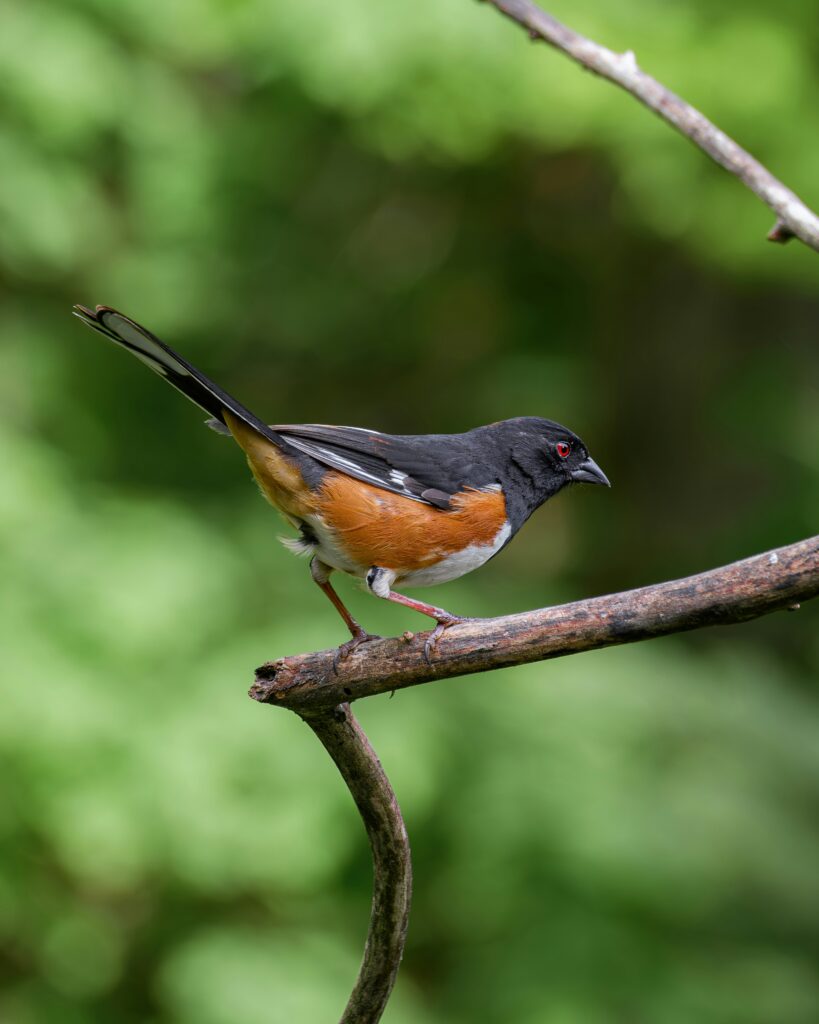
Guided Bird Watching Experiences
California offers exceptional guided birding experiences that enhance your chances of spotting rare species while learning from knowledgeable experts. These structured experiences provide access to prime locations and expert identification skills that can significantly improve your birding success.
Group Tours with a Birding Focus
Bird Treks offers comprehensive two-week tours across California's diverse habitats, including marshlands and tidal wetlands. These group experiences typically include transportation, spotting scopes, and field guides to maximize your birding opportunities.
WINGS Birding Tours specializes in Central and Southern California excursions, covering impressive locations like Pinnacles National Park, coastal areas, Santa Cruz Island, the Salton Sea, and the Mojave Desert. Their expert-led tours often accommodate 6-12 participants, creating an intimate learning environment.
Group sizes vary by operator, but most maintain small numbers to minimize disturbance to birds and habitats. Tours typically run from half-day outings to multi-week expeditions, with prices ranging from $75 for day trips to $3,000+ for extended adventures.
Hiring a Private Guide for a Customized Tour
Private guides offer personalized experiences tailored to your specific interests, skill level, and schedule. Many guides specialize in particular regions, such as the San Diego area, where local knowledge can lead you to hotspots like Santee Lakes with over 200 documented species.
Benefits of private guides include:
- Flexible scheduling that accommodates your availability
- Customized itineraries based on target species or habitats
- Personalized instruction for improving identification skills
- Access to lesser-known locations not frequented by group tours
Most professional guides charge $150-$350 per day depending on group size and location. Many offer equipment such as high-quality binoculars, spotting scopes, and field guides as part of their service. For optimal results, book 2-3 months in advance, especially during peak migration seasons.
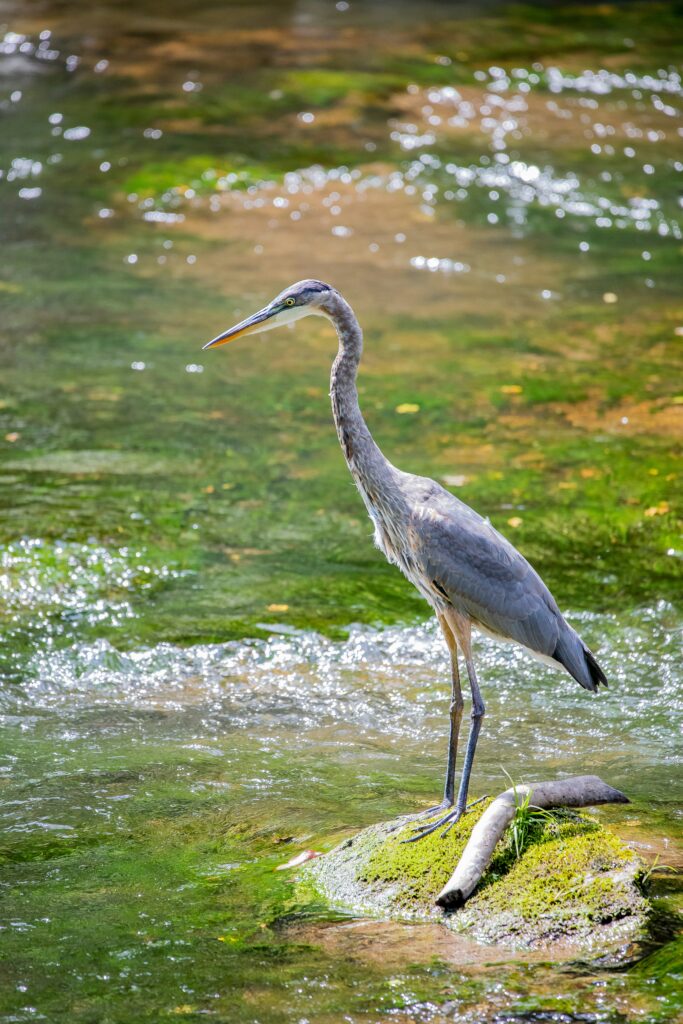
Best Seasons for Bird Watching in California
California offers exceptional bird watching opportunities throughout the year, with each season presenting different species and behaviors. Timing your birding trips according to seasonal patterns will significantly increase your chances of memorable sightings.
What to Expect in Spring and Fall Migrations
Spring migration in California typically begins in March and continues through May, creating prime conditions for bird watching. During this period, early spring in Southern California tends to be particularly rewarding, especially along beaches and valleys.
Many shorebirds, including the American Avocet, arrive in spectacular breeding plumage. These elegant waders with upturned bills and rusty heads become especially visible in coastal wetlands and inland lakes.
Fall migration occurs from August through November, with September often delivering peak activity. This season provides opportunities to spot birds in their post-breeding plumage as they journey south.
The Western Grebe becomes more visible during migrations, particularly along the coast and at large inland water bodies. Their distinctive black-and-white coloration and synchronized courtship displays make them fascinating subjects for observation.
Winter Birding: Spotting the Residents
Winter (December through February) transforms California into a haven for both resident birds and northern visitors seeking milder climates. Many waterfowl and raptors become more concentrated and visible during these months.
The majestic Bald Eagle population increases substantially in winter, particularly around lakes and reservoirs. Northern California's eagle concentrations peak between December and February, offering birders excellent viewing opportunities.
California's impressive bird checklist includes 673 documented species—the most of any U.S. state—with many best observed during winter months. Coastal areas and the Central Valley become especially productive for waterfowl sightings.
Winter birding in areas like The Presidio and Marin Headlands near San Francisco provides reliable year-round birding with seasonal specialties.
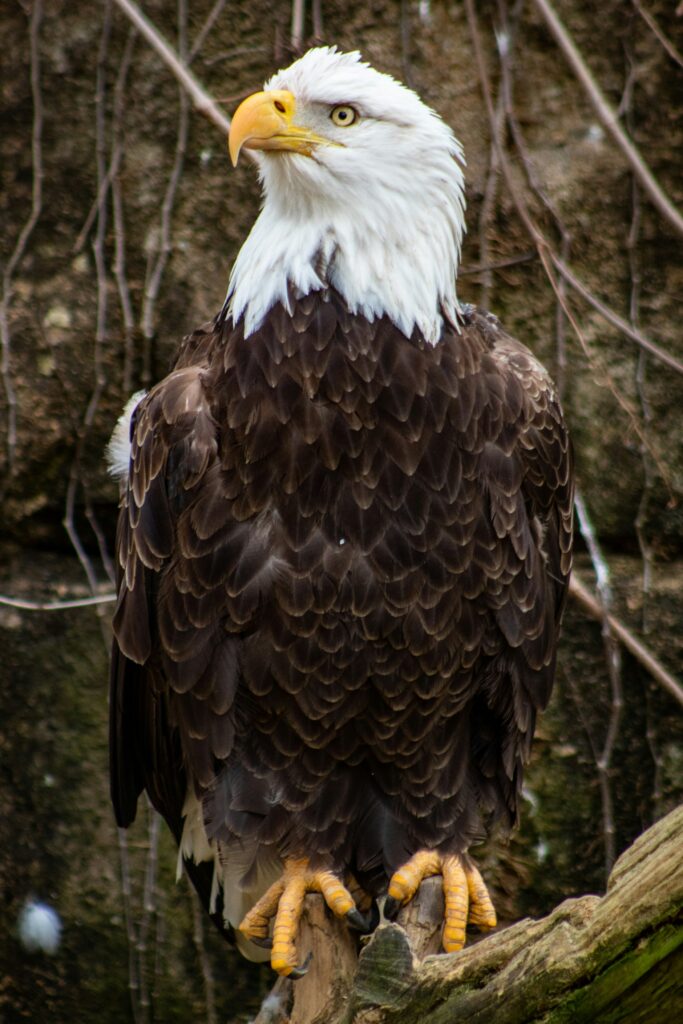
Wildlife Conservation and the Role of the Bird Watcher
Bird watchers play a crucial role in conservation efforts across California's diverse ecosystems. Their observations and dedication help protect vulnerable species while contributing valuable data to scientific research.
Contributing to Bird Habitats Conservation
Bird watchers often become passionate advocates for habitat preservation. Many California birding hotspots like Point Reyes National Seashore exist today because of conservation initiatives supported by the birding community. These protected areas provide critical habitat not only for birds but also for other wildlife like the sea otter.
Following ethical birding guidelines is essential to minimize human impact. These include maintaining appropriate distances from nesting sites, staying on designated trails, and avoiding the use of recordings to attract sensitive species.
Local bird watching clubs frequently organize habitat restoration events, removing invasive plants and installing nest boxes for species like the wild turkey. These efforts help maintain the ecological balance that makes California's birding spots so exceptional.
The Importance of Citizen Science in Birding
Citizen science transforms casual birding into valuable scientific contributions. Programs like eBird allow bird watchers to document sightings, creating a massive database that researchers use to track population trends and migration patterns.
The Christmas Bird Count, North America's longest-running citizen science project, engages thousands of California bird watchers annually. These systematic counts at locations like the Klamath Basin Wildlife Refuges provide critical data about wintering bird populations.
Bird watchers also help monitor threatened species. Their consistent field observations at sites such as the Salton Sea have documented concerning population declines, prompting conservation action.
Advanced birders can participate in specialized monitoring programs tracking breeding success, habitat use, and behavioral patterns. These detailed observations help scientists develop more effective conservation strategies for California's diverse avian populations.
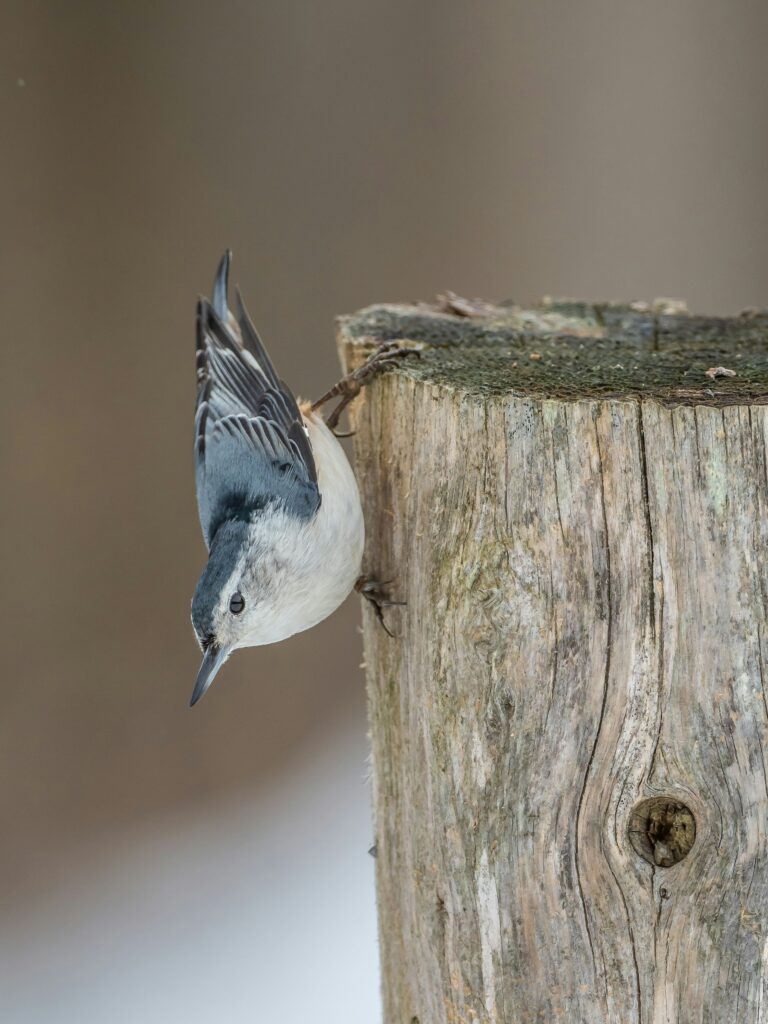
Bird Watching Resources and Communities in California
California offers birders a wealth of organizations, networks, and resources to enhance their birding experience. These communities provide valuable information, guided outings, and opportunities to connect with fellow enthusiasts throughout the state.
Local Organizations and Advocacy Groups
The San Diego Bird Alliance serves as an essential resource for birders in San Diego County, providing information on local hotspots and conservation efforts. Their website features detailed guides to the region's diverse habitats and bird species.
The National Audubon Society maintains several active chapters throughout California, offering regular field trips, educational workshops, and conservation initiatives. These chapters organize bird counts and monitoring programs that contribute valuable data to scientific research.
Point Blue Conservation Science (formerly PRBO) conducts important bird research and monitoring programs across California. They welcome volunteer participation in their field studies.
California Waterfowl Association focuses specifically on wetland conservation and waterfowl protection. They maintain several nature preserves that are open to birders.
Online Resources and Social Platforms for Birders
eBird has become an essential tool for California birders, allowing users to record sightings, access hotspot data, and view rare bird alerts. The platform has documented extensive species information for locations like Point Reyes, one of California's premier birding destinations.
Several California-specific birding forums and Facebook groups connect enthusiasts across the state. These communities share real-time sighting reports, identification help, and organize impromptu outings.
The California Birding and Nature Festival calendar lists events throughout the year, including the popular Morro Bay Winter Bird Festival and Point Reyes Birding Festival.
Apps like Merlin Bird ID and iNaturalist have strong California user communities, providing location-specific identification assistance and collecting valuable citizen science data.

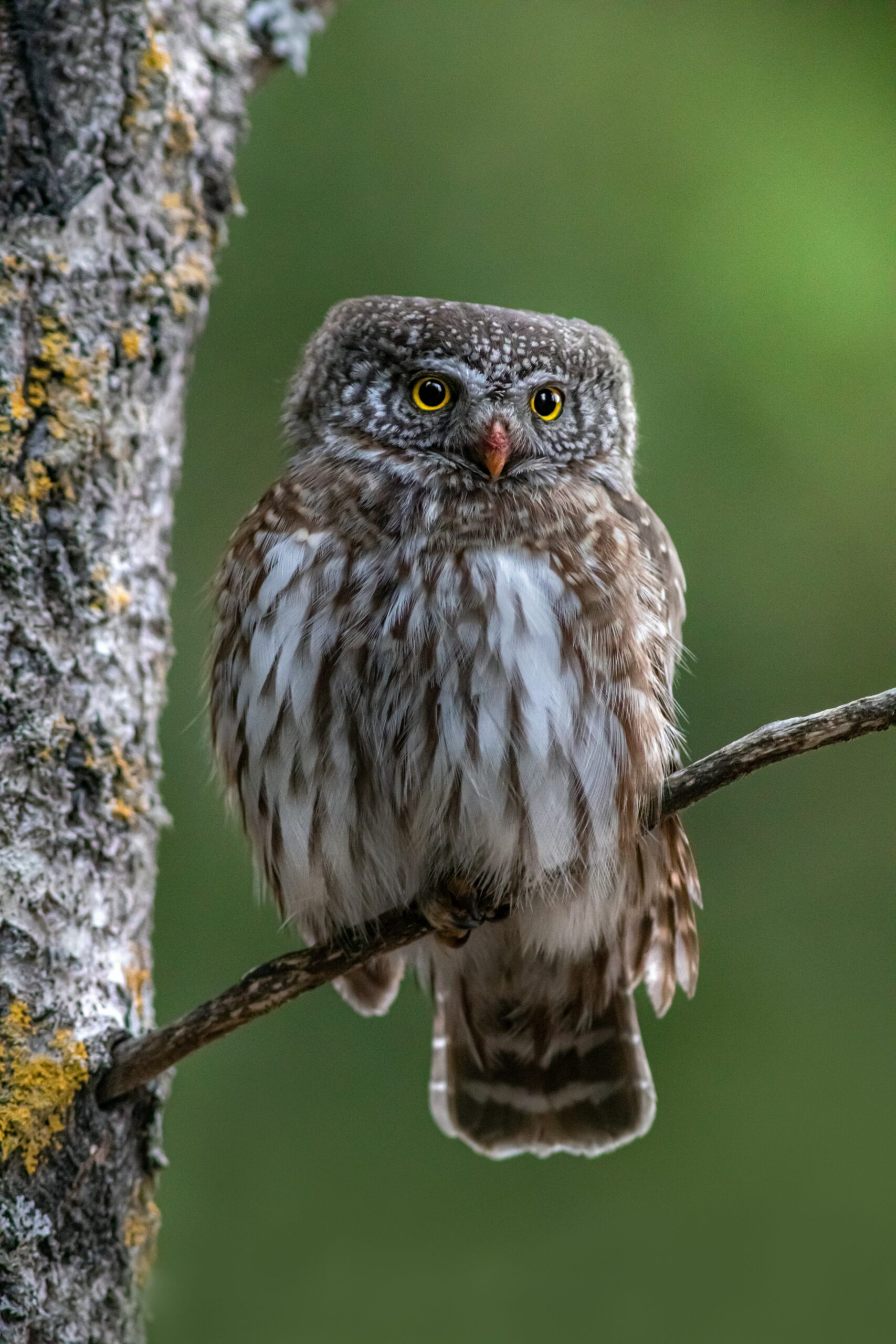
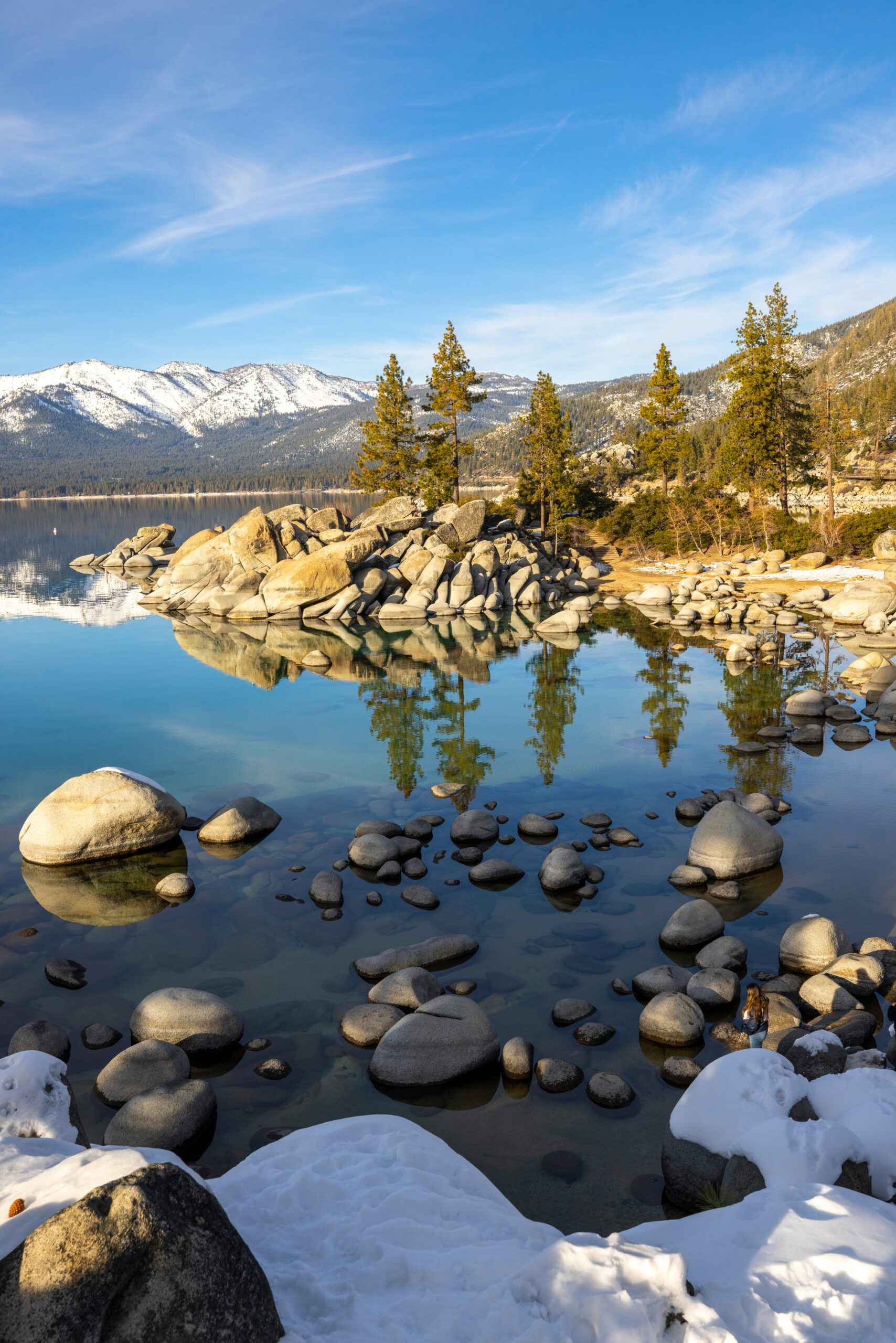

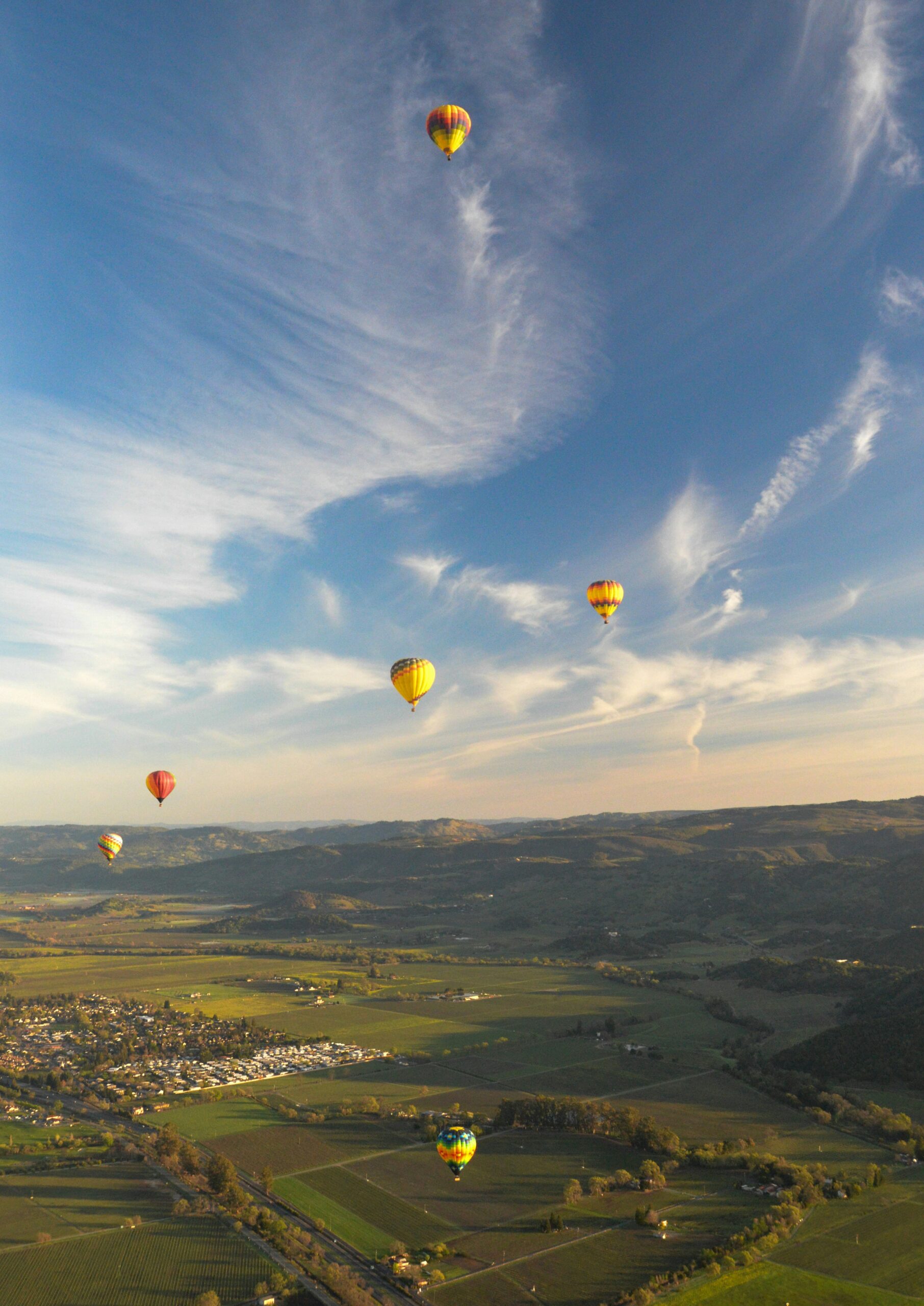


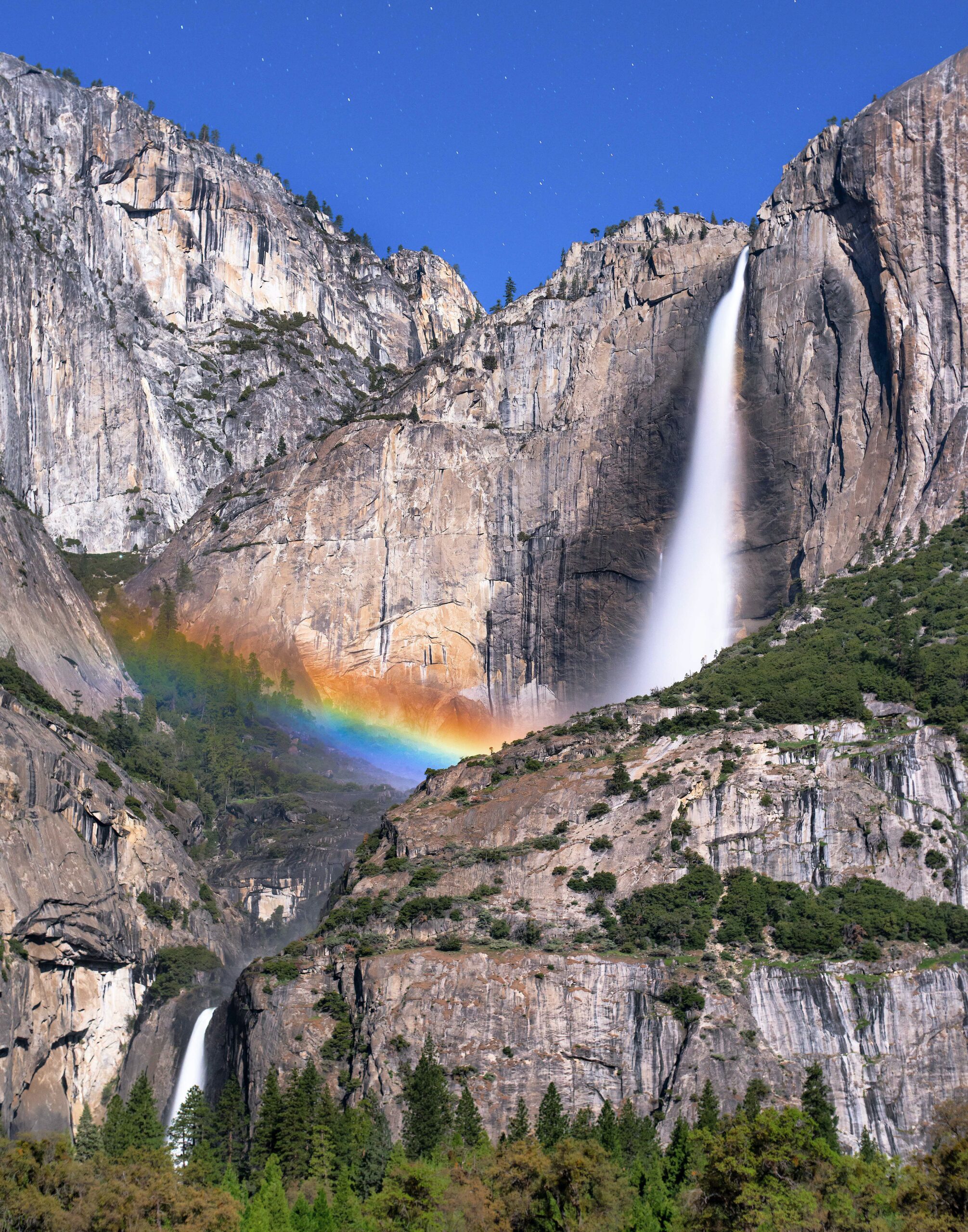
heavily weighted toward Northern CA. what about SoCal?